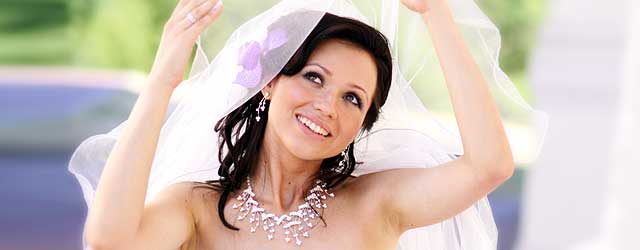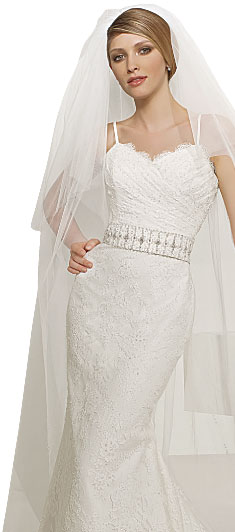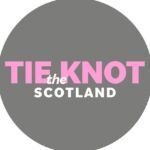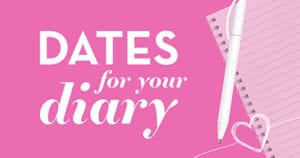A quick guide to the traditional face-framer
For years it has symbolised the superstitious belief that it is back luck for a man to see his bride before they are wed, but these days the veil is more of an accessory to the dress, with many brides not using it to cover their face, as was traditional. “Many brides are unsure about whether they want to wear a veil, because they just can’t imagine themselves in one. However, once they see how a veil complements a particular gown, they often change their mind. A veil can frame the bride’s face, drawing the eye upward to focus on her, not just the dress, and creates a beautifully balanced look,” says Michelle Scott from Kudos Couture. (image right: Madeline Gardner)
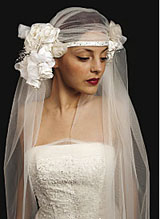

Choose your veil in accordance with the style of the dress, Michelle Scott advises: “If the dress has an unusual neckline, or a particular feature such as flowers or embroidery on the straps or halterneck, then it’s best to go with a short plain veil. Full-length veils look good with column or sheath dresses, whereas an A-line dress will look better with an elbow-length veil.”


“Fabrics vary from silk to net, with tulle or organza the most popular and there is also a wide colour palette for edgings and finishes,” explains Catriona Porter. “Lengths range from 39 to 144 inches with the most popular currently being 54 and 126 inches,” says Anne Dobbie from Anne & Bobbie’s. (image left: Liberty in Love)

